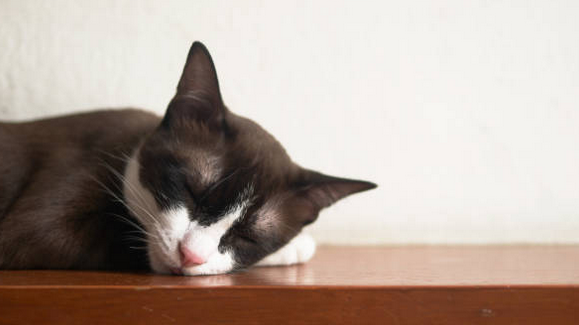As a cat owner, it’s crucial to be aware of the potential dangers that certain foods can pose to our feline friends. One such food is chocolate, which may seem harmless to us but can be harmful to cats. In this blog post, we will explore eight surprising reasons why chocolate bad for cats and discuss how we can protect our beloved pets.
The Harmful Effects of Chocolate on Cats
Chocolate contains a substance called theobromine, which is toxic to cats. Even small amounts of theobromine can have adverse effects on their health. Cats lack the necessary enzymes to break down and metabolize theobromine efficiently, leading to its accumulation in their system.
7 Fantastic Ways Hills Cat Food Boosts Your Feline’s Health and Happiness
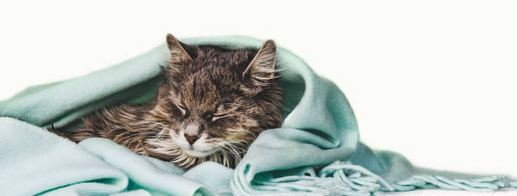
Digestive Upset and Vomiting
When cats consume chocolate, it can lead to digestive upset, causing them to vomit. The theobromine present in chocolate can irritate the digestive system, leading to discomfort and potential dehydration. It’s important to note that vomiting can also be a symptom of more severe chocolate poisoning.
Real-life example:
My cat, Whiskers, once managed to sneak a bite of chocolate cake while I wasn’t looking. Shortly afterward, he started vomiting and seemed visibly uncomfortable. I rushed him to the vet, where they confirmed that chocolate was the culprit behind his digestive distress.
7 Surprising Facts About Cats Eating Litter: Best Unveiling the Truth Behind Feline Habits
Increased Heart Rate and Cardiac Issues
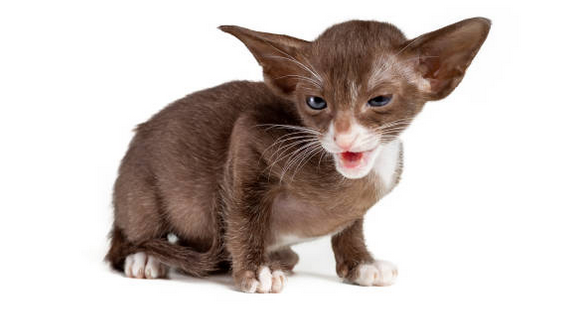
Another reason why chocolate is bad for cats is its ability to increase their heart rate. Theobromine acts as a stimulant, causing their heart to beat faster than usual. This elevated heart rate can put a strain on their cardiovascular system and potentially lead to more severe cardiac issues.
Restlessness and Hyperactivity
Cats affected by chocolate poisoning may exhibit restlessness and hyperactivity. The stimulating effects of theobromine can cause them to become excessively active, unable to settle down or relax. They may display erratic behavior, such as pacing, excessive grooming, or even aggression.
Real-life example:
A friend of mine shared a story about their cat, Luna, who accidentally consumed a piece of chocolate. Luna became incredibly hyperactive, racing around the house and knocking things over. It was clear that the chocolate had triggered an unusual burst of energy in her.
10 Essential Tips for Successful Kitten Feeding: Cool Comprehensive Guide
Tremors and Seizures
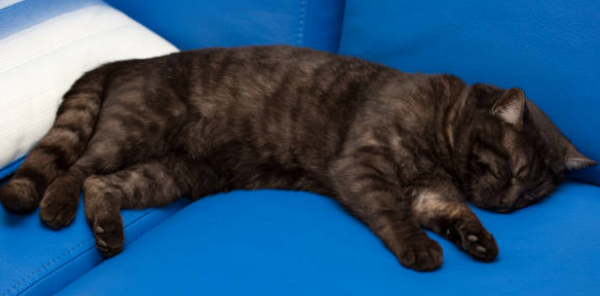
In more severe cases of chocolate toxicity, cats may experience tremors or even seizures. Theobromine affects the central nervous system, leading to uncontrolled muscle contractions and neurological disturbances. These symptoms require immediate veterinary attention to prevent further complications.
Dehydration and Increased Thirst
The diuretic properties of theobromine can cause cats to become dehydrated. They may exhibit increased thirst and urination as a result. Dehydration can be dangerous for cats, leading to organ dysfunction and other health issues if left untreated.
Real-life example:
When my neighbor’s cat, Max, ingested chocolate, he started drinking water excessively and had to use the litter box more frequently. Concerned about his sudden behavior change, my neighbor took him to the vet, who diagnosed him with chocolate poisoning and provided the necessary treatment.
Gastrointestinal Blockage
Ingesting chocolate wrappers or packaging can also pose a risk to cats. If they swallow these materials along with the chocolate, it can lead to gastrointestinal blockage. This can be a life-threatening situation that may require surgical intervention to remove the obstruction.
Kidney and Liver Damage
Over time, frequent exposure to chocolate or ingestion of large amounts can lead to kidney and liver damage in cats. The toxic components in chocolate can impair these vital organs’ functioning, potentially resulting in long-term health complications.
Chocolate bad for cats, most relevant content around the net www.petmd.com, www.pawlicy.com, www.thesprucepets.com
Frequently Asked Questions About Chocolate Bad For Cats
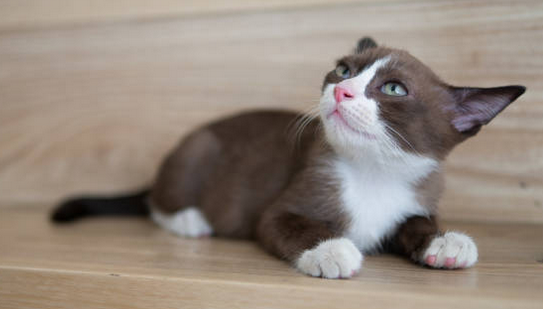
10 Surprising Facts About Cats Eating Dog Food: Best Complete Guide
Q: Can a small amount of chocolate harm my cat?
A: Yes, even a small amount of chocolate can be harmful to cats. Theobromine, a substance found in chocolate, is toxic to them. Cats lack the enzymes necessary to break down theobromine, leading to its accumulation in their system. This can cause various health issues such as digestive upset, increased heart rate, restlessness, tremors, and even seizures. It’s crucial to keep chocolate away from your cat and seek veterinary attention if they accidentally consume any. Remember, even a tiny bit can pose a risk to their health. Prevention is key to keeping your feline friend safe.
Q: What should I do if my cat eats chocolate?
A: If you suspect that your cat has consumed chocolate, it’s important to act quickly. Contact your veterinarian or an emergency pet clinic immediately for guidance. They will assess the situation based on the type and amount of chocolate ingested, as well as your cat’s size and overall health. Do not induce vomiting without professional advice. Be prepared to provide details about the chocolate, including the brand, type, and approximate quantity. Time is of the essence, so follow the veterinarian’s instructions promptly to ensure your cat receives the necessary treatment.
Q: Are all types of chocolate equally harmful to cats?
A: No, not all types of chocolate are equally harmful to cats. Dark chocolate contains higher levels of theobromine compared to milk chocolate, making it more toxic. White chocolate, on the other hand, has very low theobromine content and is, therefore, less dangerous. However, it’s important to note that even small amounts of any type of chocolate can still be harmful to cats due to their sensitivity to theobromine. Regardless of the type, it’s best to keep all chocolate products away from your cat to prevent any potential risks.
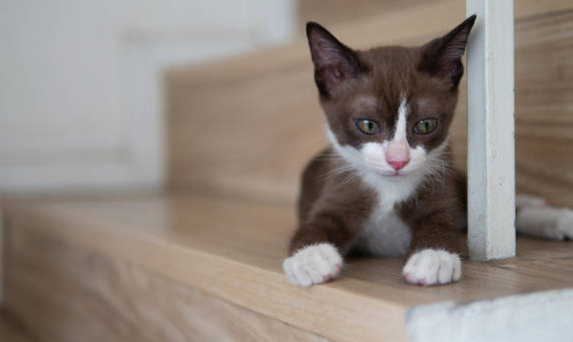
Q: Can cats develop an addiction to chocolate?
A: While cats can exhibit a preference for the taste of chocolate, they do not develop a physical addiction to it as humans do. However, theobromine, the toxic component in chocolate, can have stimulating effects on cats’ central nervous system, leading to increased heart rate and hyperactivity. This may create a temporary burst of energy or excitement, but it is not indicative of addiction. It’s important to remember that chocolate is harmful to cats, and it’s best to avoid offering it to them altogether.
Q: Are there any safe alternatives to chocolate for cats?
A: Yes, there are safe alternatives to chocolate that you can offer to your cat as treats. Some cat-friendly options include small pieces of cooked chicken or turkey, freeze-dried meat treats, catnip-infused toys, or specially formulated cat treats available in pet stores. These alternatives provide a safe and enjoyable experience for your cat without the risks associated with chocolate. Always ensure that any treats you offer are appropriate for cats and do not contain any harmful ingredients. Consulting with your veterinarian can help you choose suitable and safe treats for your feline friend.
Conclusion
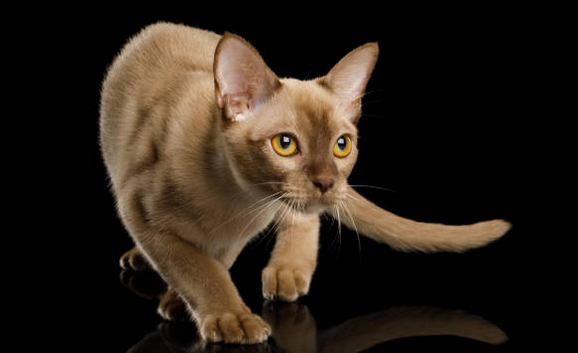
Chocolate may be a delightful treat for us, but it can have severe consequences for our cats. Theobromine, its toxic component, can cause digestive upset, increased heart rate, restlessness, tremors, dehydration, and even more severe issues like seizures or organ damage. To protect our feline friends, it’s essential to keep chocolate out of their reach and ensure they receive a diet that is safe and suitable for their well-being. By staying informed and taking preventive measures, we can create a safe and happy environment for our beloved cats.
10 Essential Tips for Managing Cat Litter in Pregnancy: Best Comprehensive Guide
We would love to hear from you! Your thoughts, experiences, and insights are valuable to us and our community. If you have any questions, feedback, or additional information related to the topic of chocolate and its impact on cats, please feel free to leave a comment below. Your comments not only help us understand your perspective but also contribute to fostering an engaging and interactive space where fellow cat owners can learn from each other. So, don’t hesitate to share your thoughts, stories, or even tips on how you keep your feline friends safe and happy. We look forward to reading your comments and continuing the conversation!
